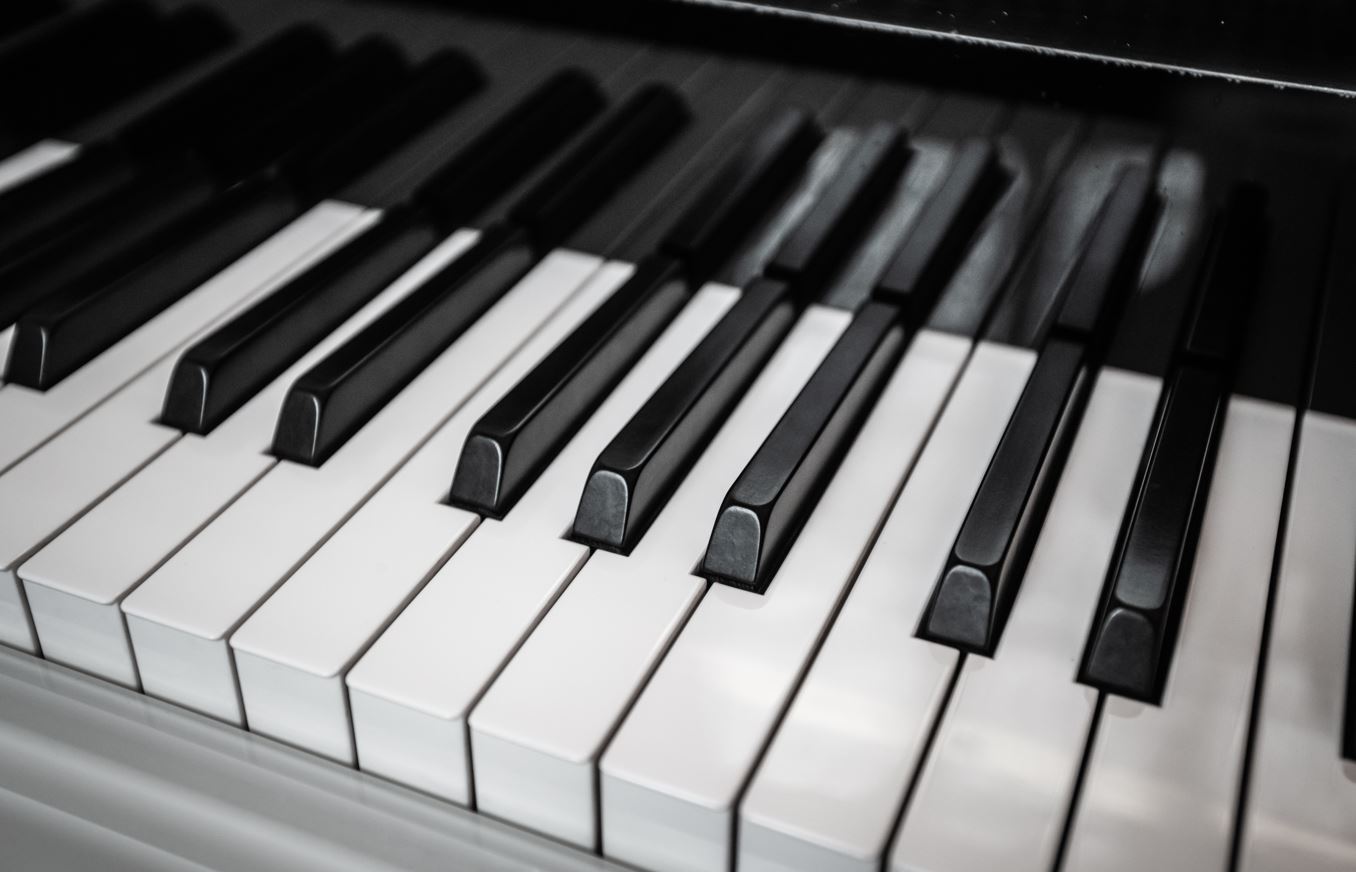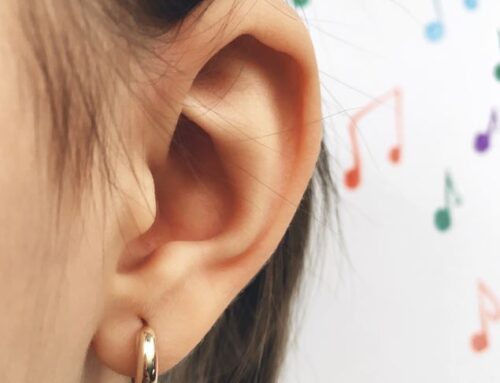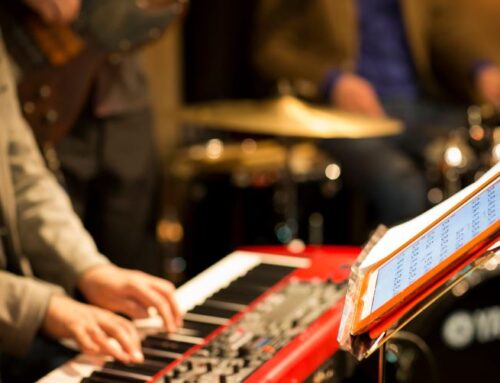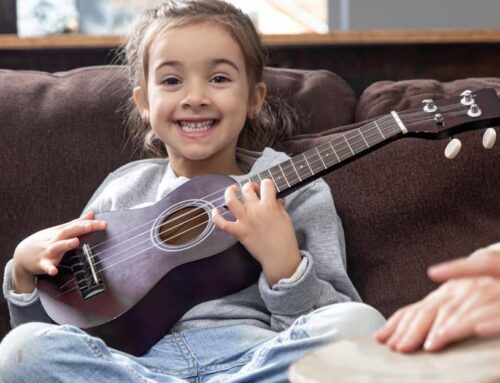A piano and a keyboard both have keys that play a sound when you hit them, however they are actually quite different from each other! When it comes time to book music lessons, you’ll be well served to understand the differences between each instrument to ensure that you are learning the one you’ll be most comfortable with in the long term.
What’s the difference between a piano and a keyboard?
Though both instruments look fairly similar, there are several differences between a piano and a keyboard that will cause lessons to vary quite a bit. Understanding these differences will help you decide whether to schedule keyboard lessons or piano lessons.
The main differences are:
The key weight – A piano has weighted keys which means that you can choose how hard you hit the keys, creating a different sound depending on how hard you hit. While a keyboard has unweighted keys so will play the same note and volume no matter how hard you hit it.
Power source– A piano is an acoustic instrument that doesn’t need an external power source while a keyboard is an electric instrument that needs either a power cord or a battery to function.
Instrument tuning – piano has to be tuned around twice a year or more because the strings will loosen over time with the help of regular play time as well as temperature and humidity fluctuations. However, a keyboard never has to be tuned since there are no strings inside of the unit.
Positives of learning the piano
You’ll learn how to read and play classical music
Although you can definitely play more modern songs on a piano, it’s more common for music lessons to focus on older and more classical music that was written by a composer.
There’s a big emphasis on technique
With a keyboard many techniques are handled for you but with a piano, skills like using the pedals at the right time and hitting the keys with the appropriate intensity can drastically change the sounds your instrument puts out.
Piano playing will strengthen your hands
Because you will learn how to play each key with a different level of intensity, your hands will develop a strength and control that you may not learn on a keyboard.
Positives to learning to play the keyboard
The electronic features are versatile
Whether you want to play along to a background track, connect to a computer or iPad to make more in-depth music or control your volume setting, a keyboard will offer you more ability to create unique music.
Mistakes are less noticeable
When playing a keyboard, if you don’t hit a key as strongly as you should, it’ll still play the right note. Keyboards are designed to play the right note every time you press the key, regardless of how hard you hit it.
You will play more modern music
Keyboards are typically associated with more modern music so you can look forward to playing genres like pop, rock and heavy metal.
They can be easier for kids
Keyboards typically have fewer keys than a piano, making them easier for a child to learn to play. They are also more portable than a piano allowing players to carry it to wherever they want to practice.
Try to choose the instrument you’ll stick with
Although both the keyboard and piano are similar instruments, it can be hard for a new musician to transition from one to the other. For this reason, it’s a good idea to start taking lessons with the instrument you think you’ll continue with. If you start learning one and feel like you may want to move to the other, the sooner you can make the switch, the easier the transition will be.






